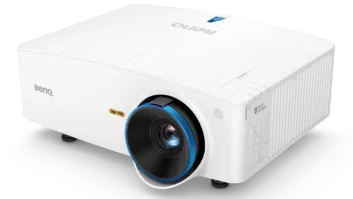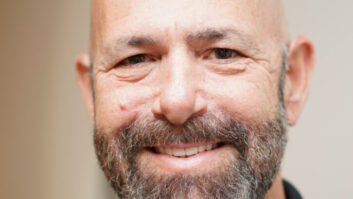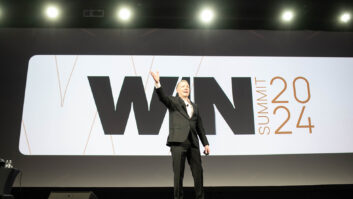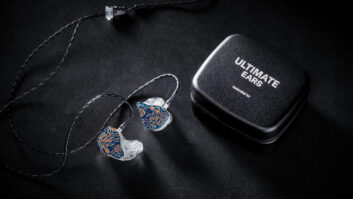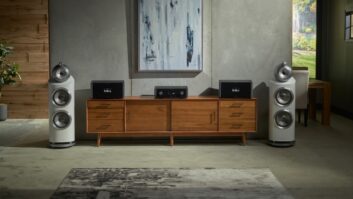Major radio broadcasters challenged receiver makers at International CES to ramp up production of digital AM/FM [HD Radio] tuners.
Led by HD Radio inventor iBiquity Digital, representatives of major radio broadcast groups said they’re doing their part to launch the format by committing to aggressive rollouts that will bring HD Radio to 2,500 stations during the next four years. The commitments include stations whose combined coverage reaches 95 percent of the population, including people in all of the top 100 markets, said iBiquity’s president Robert Struble during a CES press conference. “It’s time now to build and sell HD Radio receivers,” he said while flanked by executives from six groups and NPR.
During the event, iBiquity announced that the number of major radio broadcast groups committing themselves to HD Radio rollouts grew to nine of the top 10 groups, 17 of the top 20 groups, and 21 of the top 27 groups ranked according to the number of stations operated. These groups announced an investment of more than $200 million to add HD Radio to 2,000 more stations, which will join another 500 stations that have already licensed the technology, iBiquity said.
With the announcements, iBiquity added about 900 more station commitments since mid-2004, when three top 10 group — Clear Channel, Cox and Entercomm — announced their rollout plans. At CES, those three also said they were accelerating their previously announced rollouts.
The 2,500 stations include 309 public broadcast stations, iBiquity said. The Corporation for Public Broadcasting (CPB) recently announced plans to offer grants to 159 more public radio stations to convert to digital broadcasting, iBiquity said. CPB previously announced grants for 150 other stations.
Although the number of stations committed to HD Radio represent only about 19 percent of the 13,500 radio stations in the United States, Struble stressed that most are strategically located in the top 100 population centers and that the announcements will encourage other stations to commit.
About 200 stations are actually broadcasting digital AM and FM, and about 600 will be broadcasting by the end of 2005, Struble forecast.
Among the 21 groups committed to rollouts, the “vast majority” will make their planned conversions over a three- to four-year period, Struble said. The 21 will convert anywhere from 50 percent to 100 percent of their stations, he added.
For its part, Entercomm accelerated its previously announced plans and will convert “virtually all of our FM stations” by the end of 2006 rather than over a previously announced four-year period, Entercomm’s president David Field said during the press conference. Entercomm operates more than 100 stations. By the end of 2005, Greater Media will have converted all of its 19 stations.
Among the top 10 groups, the nine committing to rollouts are ABC Radio/Disney, Clear Channel, Cox Radio, Cumulus Media, Emmis Communications, Entercomm Communications, Infinity Broadcasting, Radio One and Univision. Top 10 member Citadel didn’t join them.
Other groups that announced commitments were Beasley Broadcast Group, Bonneville International, Entravision Communications, Greater Media, Jefferson-Pilot Communications, Journal Broadcast Group, Liberman Broadcasting, NextMedia Group, Regent Communications, Saga Communications, Sandusky Radio and Susquehanna Radio.
Group executives appearing at the press conference represented Clear Channel, Cox, Cumulus, Entercomm, Greater Media and Radio One. NPR was also represented.






